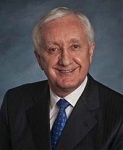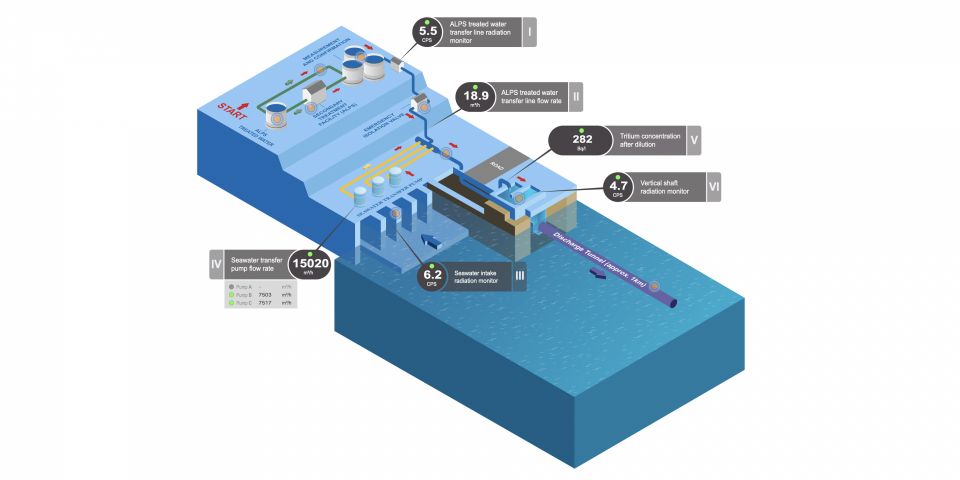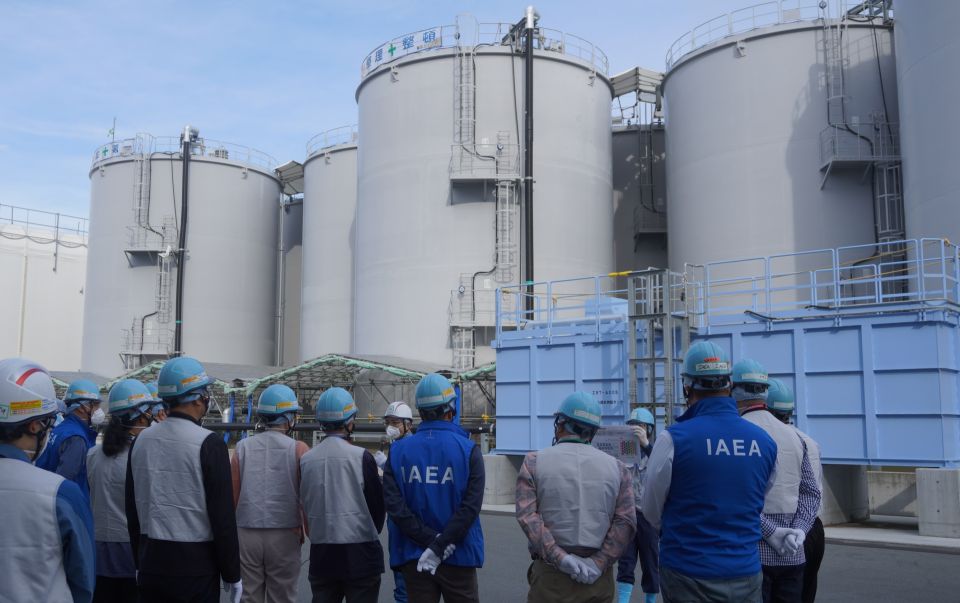Two years after Fukushima, ANS members at forefront
On March 11, 2011, a 9.0 earthquake and 40-foot-high tsunami waves hit Fukushima, Japan. The impact on the Fukushima Daiichi nuclear power plant was a call-to-action for members of the American Nuclear Society.
"As leaders in the nuclear power industry, ANS members were-and remain to this day-at the forefront of assisting in the analysis of the Fukushima Daiichi power plant accident and implications for the nuclear industry worldwide," said ANS President Michael Corradini.
"Many of our members have advised the Japanese government and TEPCO [Tokyo Electric Power Company, the company that owns the nuclear power plant] concerning nuclear issues and the decommissioning of the reactor," he said.
As nuclear safety experts, ANS members completed a comprehensive assessment of the events. Their results appear in Fukushima Daiichi: ANS Committee Report (2012). The report was written by the ANS Special Committee on Fukushima and co-chaired by Dr. Corradini and by Dr. Dale Klein, former chairman of the U.S. Nuclear Regulatory Commission. The report explained, reviewed, and analyzed the technical aspects of the accident, safety issues, health implications, the required clean-up, risk communications, and crisis communications.

Klein
Klein, a professor of mechanical engineering at the University of Texas-Austin, is the chairman of the TEPCO Nuclear Reform Monitoring Committee that0 advises the Japanese company on actions needed to improve plant safety, safety culture, clean-up, and remediation.
Corradini is the chairman of engineering physics at the University of Wisconsin-Madison. He is a member of the NRC Advisory Committee on Reactor Safeguards, and is elected to the U.S. National Academy of Engineering.
At the time of the March 2012 ANS report, the long-term effects of the radioactive materials release were unclear. However, a newly released 2013 World Health Organization (WHO) report concludes "the increases in the incidence of human disease attributable to the additional radiation exposure from the Fukushima Daiichi Nuclear Power Plant accident are likely to remain below detectable levels."
"As a result of the Fukushima accident, ANS made a commitment to provide public access to up-to-date information about nuclear science and technology," said Corradini. "Our new Center for Nuclear Science and Technology website will launch in May. In the meantime, we will continue to share our expertise for the benefit of the public and especially, the people of Japan."
American Nuclear Society President Michael Corradini discusses the ANS international topical meeting on Fukushima, some lessons learned, and the next steps for the American Nuclear Society.





